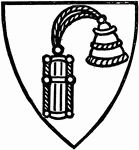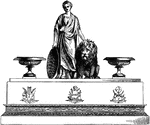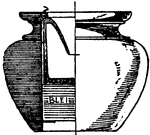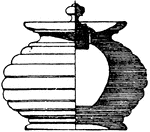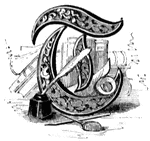Clipart tagged: ‘ink’
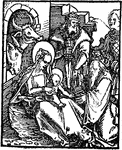
Hortulus Animae
The Hortulus Animae is one of a series of woodcuts that was created by German Renaissance artist Hans…
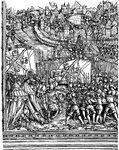
Troops Entering a Town After a Siege
Troops Entering a Town After a Siege is a woodcut that was created by German artist Albrecht Dürer.…
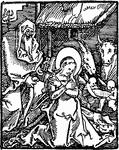
Hortulus Animae
The Hortulus Animae is one of a series of woodcuts that was created by German Renaissance artist Hans…
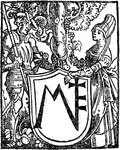
Hortulus Animae
The Hortulus Animae is one of a series of woodcuts that was created by German Renaissance artist Hans…
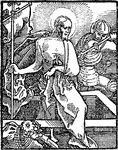
Hortulus Animae
The Hortulus Animae is one of a series of woodcuts that was created by German Renaissance artist Hans…
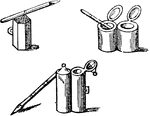
Atramentum
"A term applicable to any black colouring substance, for whatever purpose it may be used, like the melan…
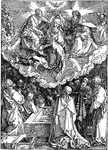
The Assumption and the Coronation of the Virgin
The Assumption and the Coronation of the Virgin is a woodcut created by Albrecht Dürer in 1510.…

The Investiture of the Duke of Milan
The Investiture of the Duke of Milan is a woodcut that was created by German artist Albrecht Dürer.…

The Holy Family
The Holy Family is a woodcut that was creates by Albrecht Dürer in 1511. It depicts Mary and Jesus…

Christ Taken Prisoner
Christ Taken Prisoner is a woodcut by German artist Albrecht Dürer in 1510. It is part of a series…
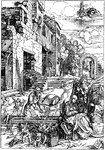
Repose of the Holy Family in Egypt
The Repose of the Holy Family in Egypt is a woodcut that is part of a series "Life of the Virgin" by…
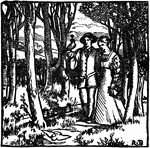
Art in the House
This print is part of a series of woodcuts called Art in the house that was designed by English artist…
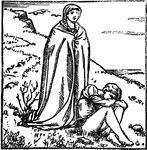
Art in the House
This print is part of a series of woodcuts called Art in the House by English artist Robert Bateman…
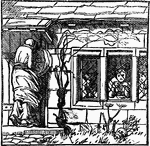
Art in the House
This is part of a series of woodcuts called Art in the House that was designed by English artist Robert…
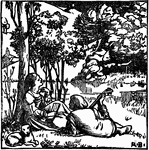
Art in the House
This is part of a series of woodcuts called Art in the House that was designed by English artist Robert…
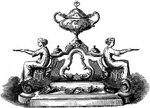
Inkstand
This inkstand is designed in a Louis Quatorze style, also known as Louis the 14th, during his reign…

Modern Inkstand
This modern inkstand is made with an adjustable stopper. It is used to store ink for writing.

Modern Glass Inkstand
This modern glass inkstand has a sloping bottom and a revolving cover. It is used to store ink for writing.

Old Horn Inkstand
This old horn inkstand is made for the pocket. It is made in the shape of a horn to hold ink for writing.
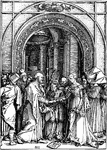
The Marriage of Joseph and Mary
The Marriage of Joseph and Mary is a woodcut that is part of a series "Life of the Virgin" by Albrecht…
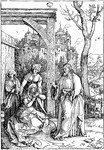
Christ Taking Leave of His Mother
Christ Taking Leave of his Mother is a woodcut that is part of a series "Life of the Virgin" by Albrecht…
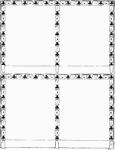
Letter and Ink Border
A decorative border of envelopes, letters, and inkwells with four windows and banners for captions.
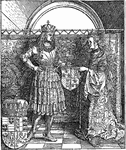
The Emperor Maximilian and his Bride, Mary of Burgundy
The Emperor Maximilian and his Bride, Mary of Burgundy is a woodcut that was created by German artist…
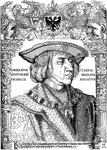
Emperor Maximilian
This a woodcut portrait of the Emperor Maximilian. It was created by Albrecht Dürer in 1519. A woodcut…
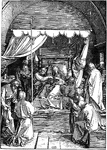
The Death of the Virgin
The Death of the Virgin is a woodcut created by Albrecht Dürer in 1510. It is part of a series…

Phillip's Pastoral
Phillip's pastoral is a woodcut that was created by English poet, painter and printmaker William Blake.…

The Resurrection
The Resurrection is a woodcut by German artist Albrecht Dürer in 1510. It is part of a series called…

Christ Appearing to St. Magdalene
Christ Appearing to St. Magdalene is a woodcut that is part of a series called "Little Passion" by German…
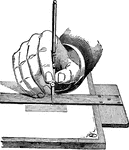
Ruling Pen
"For drawing ink lines other than arcs of circles, the ruling pen is used. It should be held as nearly…

Ruling Pen
"For drawing ink lines other than arcs of circles, the ruling pen is used. It should be held as nearly…

Slice Tool in the Printing Trade
"In printing, a small spade-shaped iron tool with which printing ink is taken out of a tub and conveyed…
Slice Galley
"In printing, a galley with a false bottom, in the form of a thin slice of wood, which aids the removal…
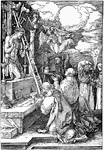
The Mass of St. Gregory
The Mass of St. Gregory is a woodcut that was created by German artist Albrecht Dürer in 1511.…

Ink Stand
Early office ink stand, the writer would have to ink the tip of his pen frequently for continuous writing.

The Virgin and Child Surrounded by Angels
The Virgin and Child Surrounded by Angels is a woodcut that was created by German artist Albrecht Dürer…
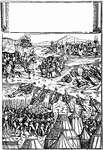
The Emperor Maximilian Receiving the Submission of a Besieged City
The Emperor Maximilian Receiving the Submission of a Besieged City is a woodcut that was created by…
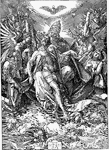
The Holy Trinity
The Holy Trinity is a woodcut that was created by German artist Albrecht Dürer in 1511. This woodcut…
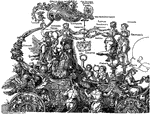
The Emperor Maximilian on the Triumphal Car
The Emperor Maximilian on the Triumphal Car is a woodcut that was created by German Artist Albrecht…
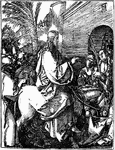
Small Passion
The Small Passion is part of a series of woodcuts by German artist Albrecht Dürer in 1512. It depicts…


